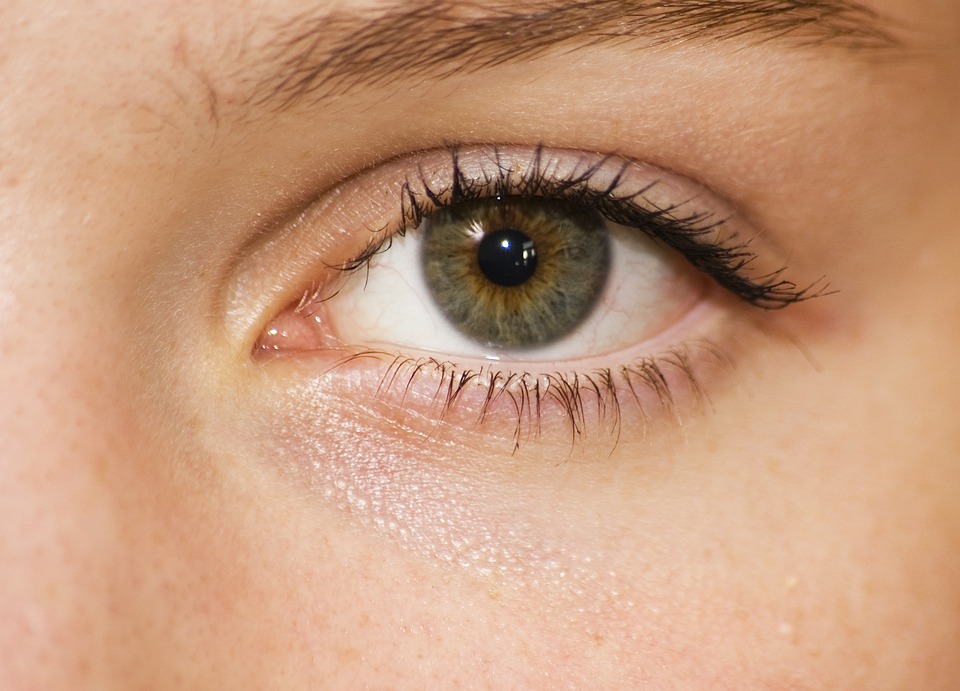Your eyes are amazing instruments. They allow you to capture the world around you in vivid detail – from color and depth to motion and perspective. How does this happen? Eye lenses play a crucial role in focusing the light that enters your eyes and projecting sharp images onto your retina.
But what are eye lenses, exactly? They are transparent, biconvex structures that sit behind your iris and pupil. Made of elastic protein fibers, eye lenses can change shape and thickness to adjust their refractive power. When you look at an object at different distances, your eye lenses flex and round up or flatten to bend the light appropriately and form a clear image on your retina.
This focusing mechanism is called accommodation, and it’s an incredible feat of biological engineering. Without it, we wouldn’t be able to read, drive, or even recognize faces. However, as we age, our eye lenses become less flexible and less effective at accommodating. That’s why many people need prescription eyeglasses or contact lenses to compensate for their blurred or distorted vision.
Some people may develop cataracts, a clouding of the lenses that can hinder vision and require surgical removal. Other conditions that affect the eye lenses include presbyopia, astigmatism, and nearsightedness or farsightedness, all of which can be corrected or managed with different types of lenses, including multifocals, torics, or monovision.
In short, your eye lenses are essential components of your vision system that enable you to perceive the world in incredible detail, clarity, and beauty.






